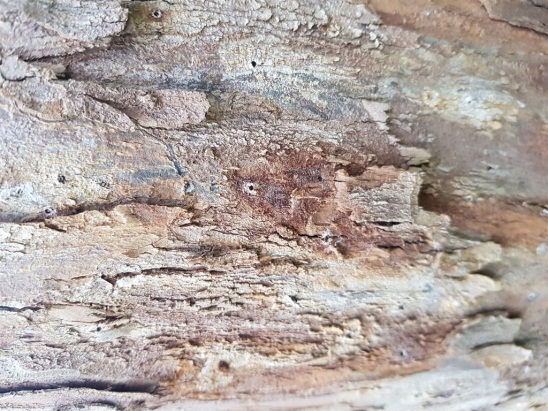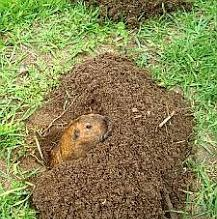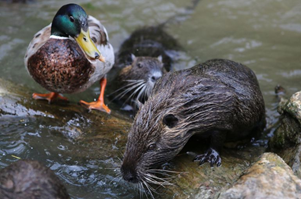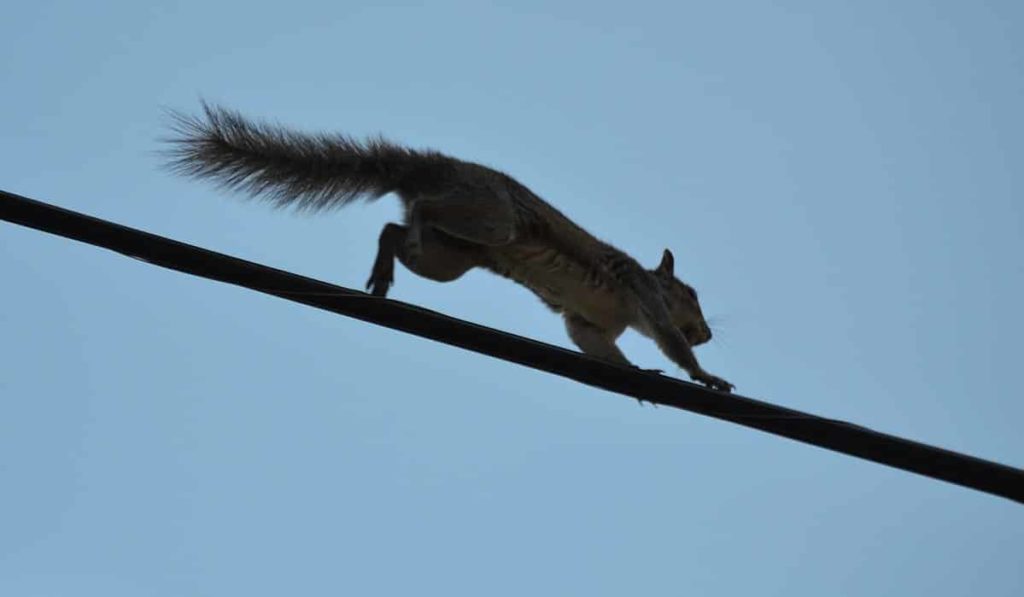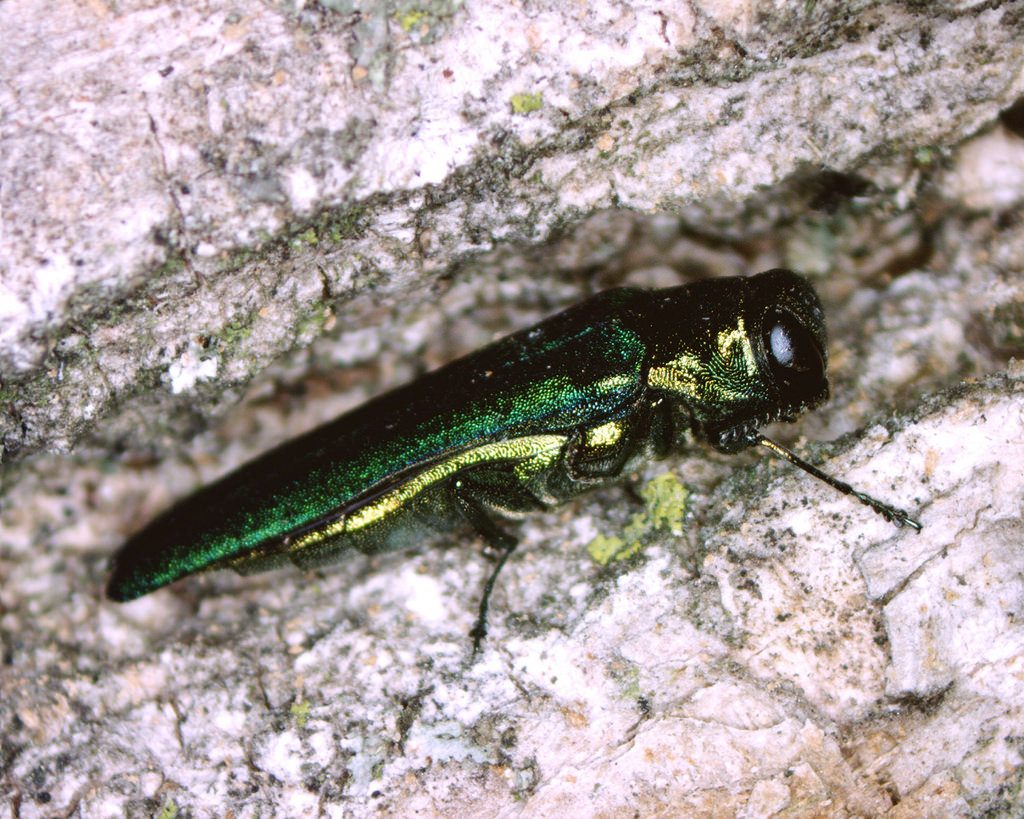As a homeowner, you will discover over time that you share your living space with a variety of creepy crawlies, both small and tiny. One of the places in your home which provides shelter for these types of pests is your carpet and rugs.

Contrary to popular belief, carpet beetles do not just live in your carpet–which means that you can have a problem with these pests even if you only have hardwood or tile floors.
Although carpet beetles are not dangerous to humans, they are definitely harmful to your belongings.
They will destroy your carpets from the bottom up. If your couch or chair is padded or cushioned, they can chew the covering to pieces. They will also create holes in clothing. They’ll damage rugs and wool clothing, as well as dirty clothing made of other fibers, such as cotton or silk. They’ll feed on skin cells, pet food, and can also get into packaged foods. Any box of undisturbed clothing or blankets is also a target for a carpet beetle.
Carpet beetle larvae are not extroverted creatures and will spend most of their time well-hidden, making it harder to identify them. Carpet beetle larvae feed primarily on animal products but will eat other items as well.
Once a home is invaded the adult female beetles can lay up to 100 eggs, which hatch into larvae in one to two weeks.
Carpet beetles are spring’s uninvited guests
Les Harrison, Guest columnist Published March 28, 2019

As contrite and well-worn as the statement is, springtime is truly the season of renewal and rebirth. With warming temperatures and ample rain to come, grass will be growing, birds will be singing, and shrubs will be in bloom.
Unfortunately, there are some species in residence which have awakened with a destructive appetite capable of taking the joy out from this time of year. Carpet beetles are active and seeking new territory to conquer.
Beware of carpet beetles
By Peter L. Warren │ September 14, 2015

Those are carpet beetles and their larvae you will recognize as tiny, hairy grubs. Often what are found are the cast skins of the larvae from their molts among your damaged things. They are common indoor pests of stored products and other organic materials. Back in the day, when most carpets were made of wool or other natural fibers, these insects got their name.
They can be found on a variety of things besides carpets and are most likely infesting something near where you are seeing them in the pantry. These insects are sometimes used by mammalogists to clean animal skeletons in scientific collections. Sadly, they are also a serious museum pest and are notorious for eating insect collections and other dead animals.
Fumigation is done by homeowners and naphthalene balls are used without any instructions. Both these methods are extremely harmful to humans and pets.
What can be an effective solution to keep the carpet beetle away and protect your textiles from their damage?
The unique product Combirepel™ manufactured by C Tech Corporation is an anti-insect aversive which repels insects which can help get rid of these carpet beetles.
Combirepel™ works on the mechanism of repellency. It temporarily inhibits the mating cycle of the insects. The product impairs the ability of the insects to reproduce, that is the insects will not lay eggs or the laid eggs will be infertile. The product causes feeding disruption in an insect by triggering an unpleasant reaction within the insect which might try to feed on the application.
The product temporarily blocks the reproduction system of the insects by hindering the release of the vital hormones for growth.
Combirepel™ is an extremely low concern, low toxic, low hazard, non-carcinogenic and non-mutagenic insect aversive. It does not kill or cause harm to insects as well as to the environment which indirectly helps to maintain the ecological balance.
CombirepelTM wood polish additive can be mixed with the wood polish and applied on the wooden surfaces, furniture, bookshelves, etc.
The product available in the form of liquid concentrate can be mixed in paints in a predetermined ratio and be applied on the interior and exterior of the buildings and structures to keep the silverfish away from these places.
Our product in the lacquer form can be applied topically to the applications. The lacquer is compatible with the surfaces wood, concrete, metal, polymer, ceramic, cables, wires which are already installed etc. The lacquer can be applied on the cupboards, shelves, installed wires and cables, pipes, etc. thus protecting it from damage. The product is also effective against other pests thus protecting the trees from other pest attacks.

CombirepelTM is available in the form of the masterbatch, which can be incorporated into polymeric applications like polymeric wires and cables, carpets, synthetic turfs, nonwoven fabrics, etc.
CombirepelTM pest repellent spray can be sprayed on the infested area to repel the pests.
Combirepel™ is thermally stable and does not degrade on exposure to heat and sunlight. It does not kill or harm the insect but repels them. It does not volatilize and does not degrade the soil. It is RoHS, RoHS2, ISO, REACH, APVMA, NEA, EU BPR compliant and FIFRA exempted.
Contact us at technical.marketing@ctechcorporation.com to keep the pests away.
Also, visit
our websites:
http://www.ctechcorporation.com/
http://www.rodrepel.com/
http://www.termirepel.com/
http://www.combirepel.com/
Follow our Facebook pages at:
1] https://www.facebook.com/Combirepel-411710912249274/
2] https://www.facebook.com/Termirepel-104225413091251/
3] https://www.facebook.com/Rodrepel-120734974768048/
Follow us on our Twitter pages at:
1] https://twitter.com/rodrepel
2] https://twitter.com/termirepel
3] https://twitter.com/combirepel





